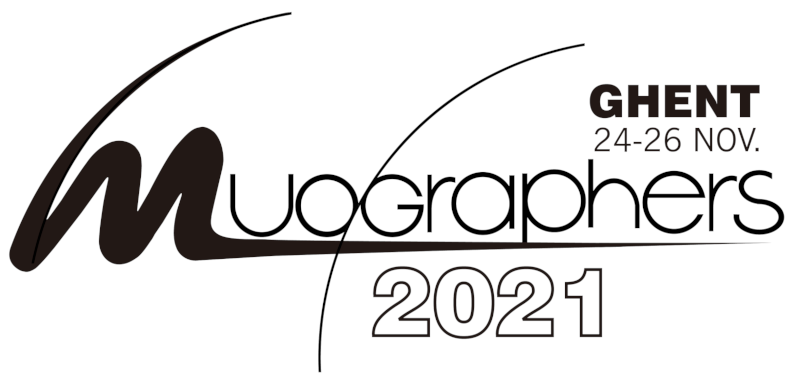Speaker
Description
The intense hydrothermal activity occurring at La Soufrière de Guadeloupe, French Lesser Antilles, is a major concern for volcanologists at the Volcanological and Seismological Observatory of Guadeloupe (OVSG) and the local population that lives nearby. Partly hosted within the andesitic lava dome, this hydrothermal system, continuously fueled with meteoric waters, is indeed responsible for both violent phreatic eruptions (last major event occurred in 1976-1977), and fast rock alteration due to hot and acid fluid circulation that worsens the risk of a partial volcano flank collapse.
Since 2015, the deployment of particle trackers built in IP2I, Lyon, to perform dynamic muon imaging of the lava dome structure has allowed to increase the knowledge of the hydrothermal system dynamics. Recently a new generation of particle hodoscopes equipped with 3 and 4 plastic scintillator matrices have been installed around the volcano to scan different areas of the lava dome.
Here we will present a new versatile method to process the data acquired by these detectors, and estimate the corresponding density radiographies. Our method relies on particle trajectory reconstruction by performing a fit of the recorded hits in the impacted scintillator bars using a Random Sample Consensus algorithm (RANSAC). This algorithm is specifically built for discriminating outliers points ("noisy" hits) in the data. Thus, it allows to significantly improve the muon signal/noise separation, and obtain higher quality estimates of the particle trajectories. The analysis of the RANSAC-reconstructed events has started to offer promising results in terms of average density maps. In particular, here we will present primary analysis results from 6 months of data ($\sim20.10^{7}$ reconstructed events) recorded in a telescope, equipped with four 16x16 scintillator bars matrices, located at the volcano south-west. This configuration allows notably to increase precision on the 2D density radiography of the central part of the scanned region, plus offers two more 3-panels sub-configurations, which leads to three different radiographies.
The 2D density radiographies will then be combined to serve as input for numerical modelling, conjointly with other geophysics data sets (e.g from gravimetry surveys), in order to obtain a 3D bulk density distribution model of the lava dome at an expected unprecedentedly high resolution thanks to the uniqueness of the different data sets available and the quality of the event reconstruction. This will lead to a better characterization of the hydrothermal fluid circulation impact on rock alteration and the resulting partial flank collapse hazard.
